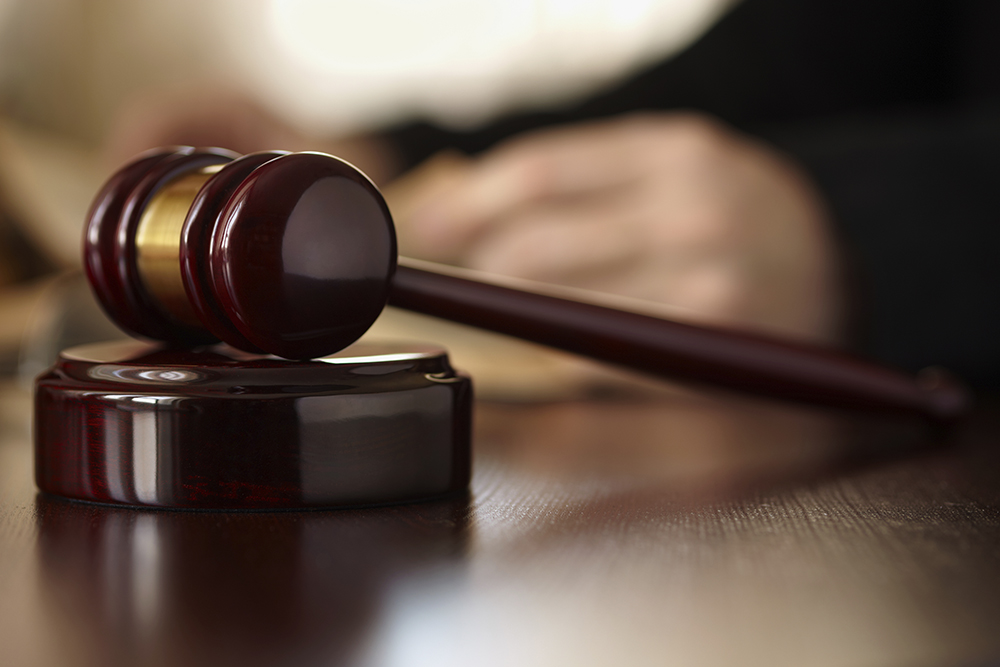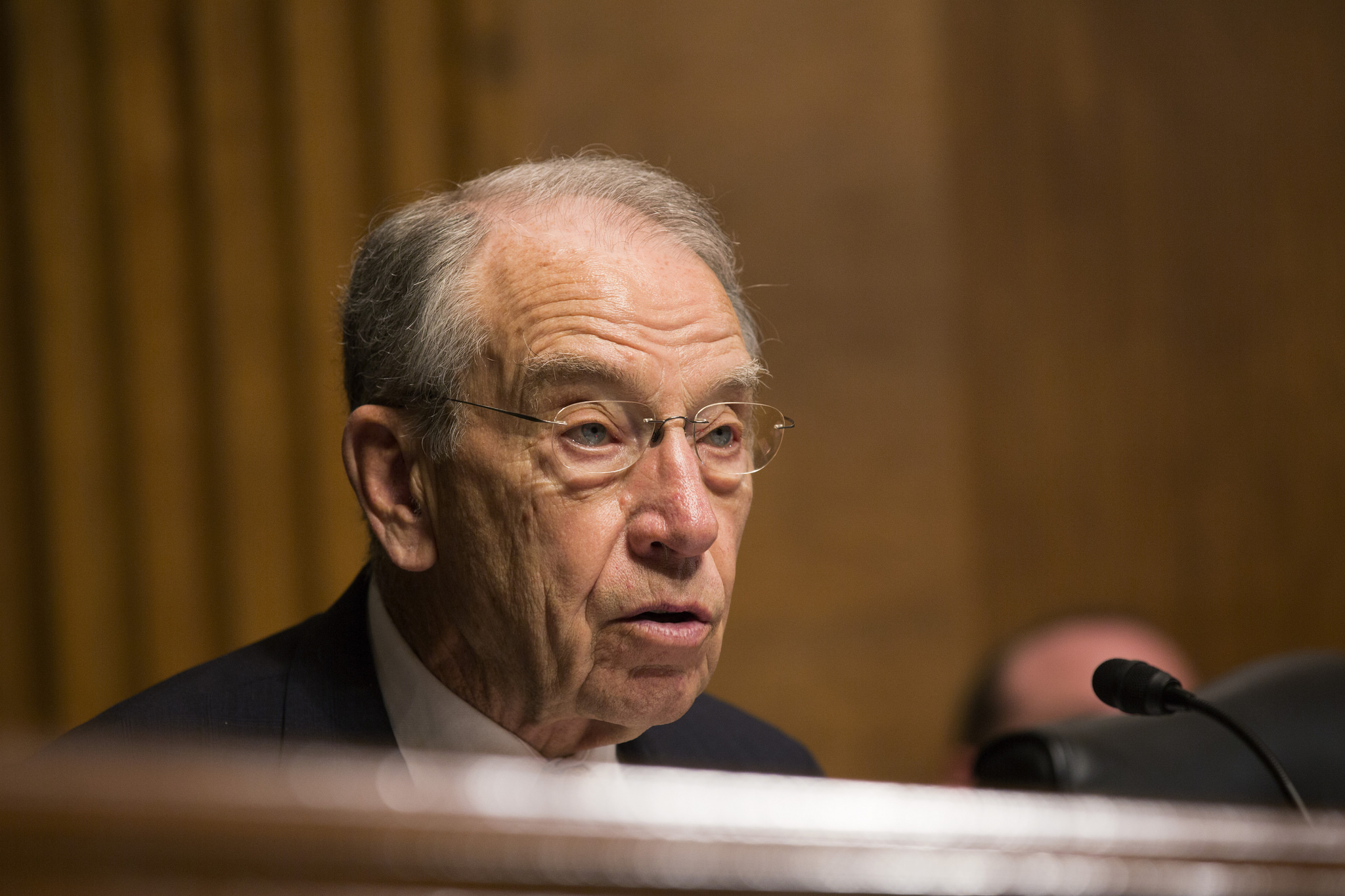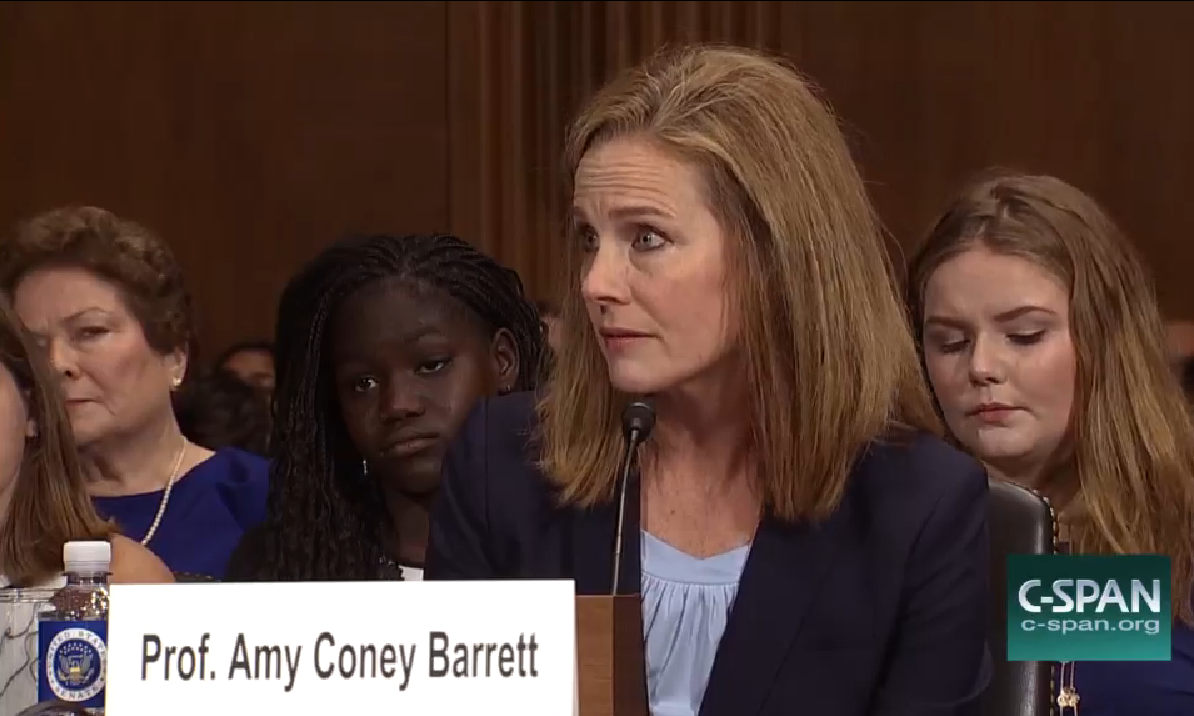Abortion rights, women of color, and LGBTQI+ people are under attack. Pledge to join us in fighting for gender justice.
When There Are Nine: How Biden’s Judicial Nominees Are Creating a More Diverse Future on the Courts
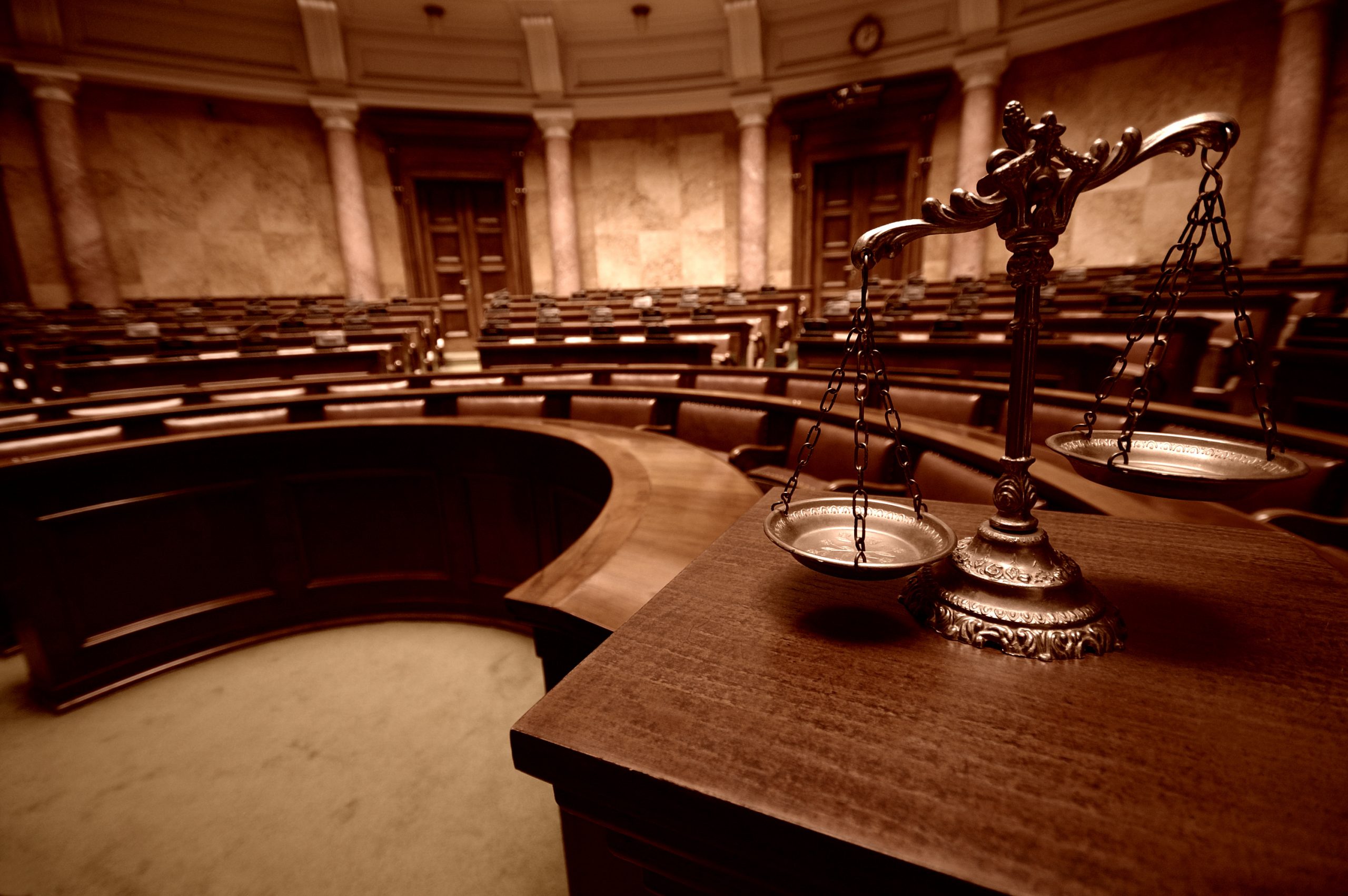
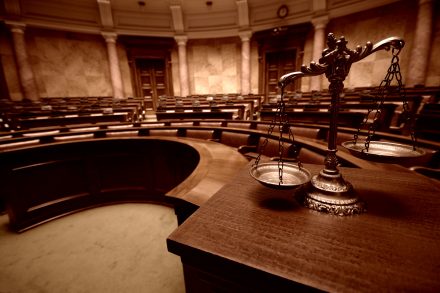
On this last day of Women’s History Month, I would be remiss not to celebrate the first slate of Biden-Harris judicial nominees. Of the 11 nominees announced today, nine are women, seven of whom are women of color!
This groundbreaking slate includes three Black women Circuit Court nominees, one of whom would be the first Black woman Federal Circuit judge, as well as the first AAPI woman to serve on the U.S. District Court for the District of D.C. and the first woman of color to serve as a federal judge for the District of Maryland. While these historic nominations to the courts definitely spark feminist joy, the fact that many firsts remain for the district, circuit, and Supreme courts means that we still have much to do to improve judicial diversity and repair the damage to courts from the last four years.
The federal judiciary has never been reflective of the rich demographic diversity of this country–it is overwhelmingly white, male, and straight. Currently, women make up only 34% of the federal judiciary, and women of color a mere 7%. We have not had a Black woman confirmed to the Circuit Courts in almost 10 years.
Here are three reasons why gender diversity on the courts matters:
- When institutions and workplaces are more diverse, inclusive, and equitable, then harassment and discrimination are less likely to happen. The insidious problem of sexual harassment and abuses of power in the workplace happens in the federal judiciary, too. So, more women in the judiciary can help change the workplace culture and reduce incidences of workplace misconduct, such as discrimination, harassment, retaliation, sexual assault, bullying, and other related conduct. While not a comprehensive solution, having better representation in these powerful positions is a good starting point.
- Diversity enhances legal decision making and interpretation of laws. As people are shaped by their identities and experiences, more women on the bench working to identify, analyze, and resolve legal issues ensures a broader range of perspectives, insight, and beliefs will be integrated in final decisions. When judges consider a gender justice issue, such as whether a law unlawfully restricts the right to abortion or if behaviors are considered sexual harassment, their lived experiences will improve these assessments. As the wise Justice Sotomayor once said: “our experiences as women and people of color affect our decisions. The aspiration to impartiality is just that–it’s an aspiration because it denies the fact that we are by our experiences making different choices than others. Not all women or people of color, in all or some circumstances or indeed in any particular case or circumstance but enough people of color in enough cases, will make a difference in the process of judging.”
- Lastly, representation matters. The future women justices of the world need leaders to look up to, and those leaders must reflect the full diversity of this country.
We won’t rest until we see more women represented in all positions of power. As Justice Ruth Bader Ginsburg famously said, “When will there be enough women on the court? And my answer is when there are nine.”



